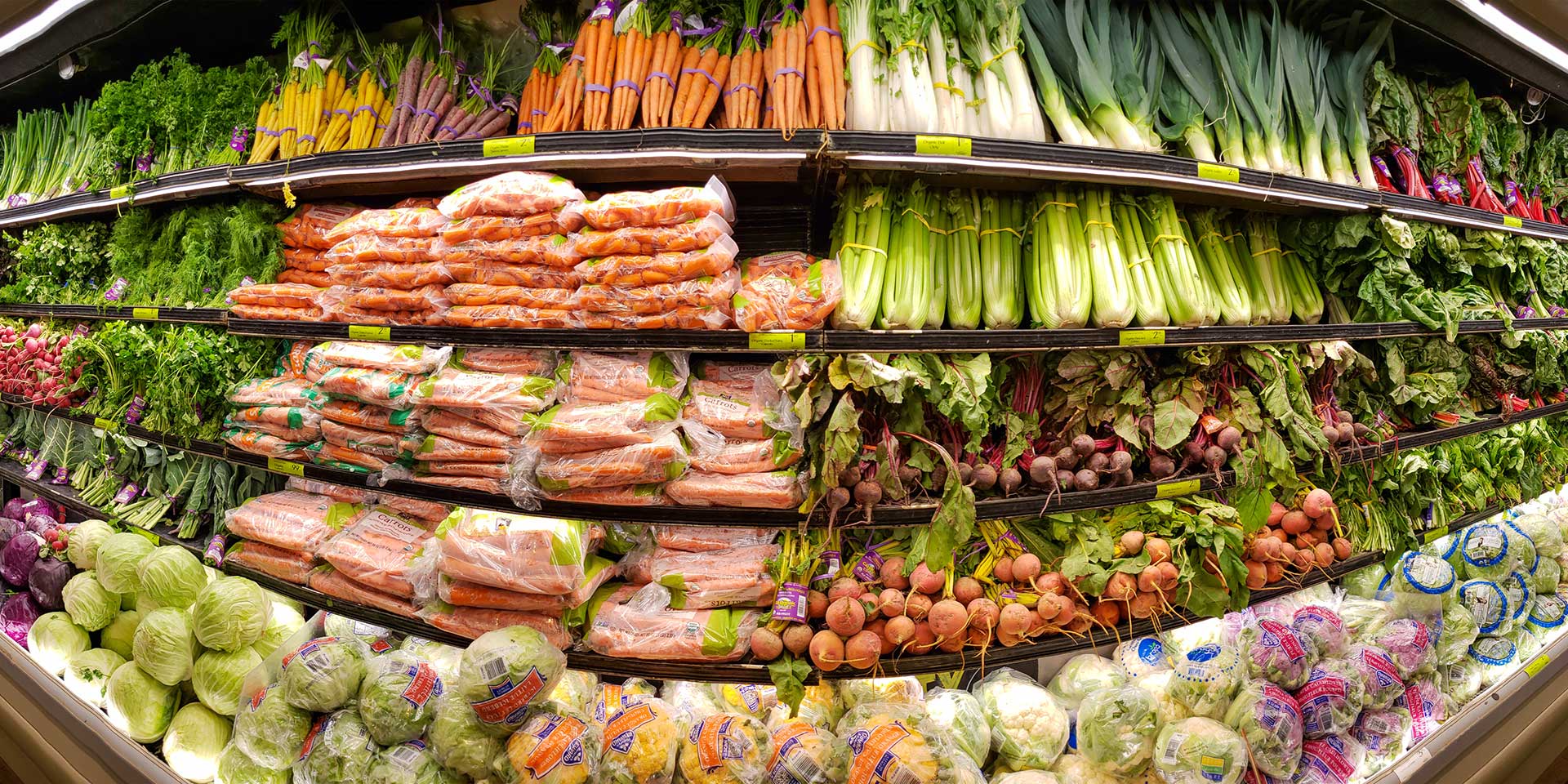
The Fast-Moving Consumer Goods (FMCG) industry is a dynamic and ever-evolving sector that plays a crucial role in our daily lives. From the toothpaste we use in the morning to the snacks we enjoy during breaks, FMCG products are an integral part of our routines. In this blog post, we will delve into the three major segments of the FMCG industry, shedding light on their significance, trends, and future prospects.
- Food and Beverages:
The food and beverages segment is the cornerstone of the FMCG industry. It encompasses a wide range of products, including packaged foods, beverages, dairy products, confectionery, and more. This segment caters to the basic needs of consumers, providing sustenance and enjoyment. With the growing emphasis on health and wellness, the food and beverages segment has witnessed a shift towards organic, natural, and functional products. Additionally, the rise of e-commerce and changing consumer preferences have fueled the demand for convenience foods, ready-to-eat meals, and innovative beverages. - Personal Care and Household Products:
The personal care and household products segment is another vital component of the FMCG industry. It encompasses items such as skincare products, hair care products, cosmetics, cleaning agents, detergents, and toiletries. This segment focuses on enhancing personal hygiene, grooming, and maintaining a clean and healthy living environment. In recent years, there has been a surge in demand for eco-friendly, sustainable, and cruelty-free products. Moreover, the advent of social media and influencer marketing has significantly influenced consumer choices, leading to the emergence of niche brands and personalized product offerings. - Home Care and Consumer Durables:
The home care and consumer durables segment caters to the needs of households, providing products that enhance comfort, convenience, and aesthetics. This segment includes items such as kitchen appliances, electronic gadgets, furniture, home decor, and home improvement products. With the rise of smart homes and the Internet of Things (IoT), there has been a growing demand for technologically advanced and energy-efficient consumer durables. Additionally, the increasing focus on sustainability has led to the development of eco-friendly and recyclable home care products.
Conclusion:
The FMCG industry comprises three major segments: food and beverages, personal care and household products, and home care and consumer durables. Each segment plays a vital role in meeting the diverse needs and preferences of consumers. As the industry continues to evolve, it is essential for companies to stay abreast of emerging trends, such as the shift towards organic and sustainable products, the influence of social media, and the integration of technology. By understanding these segments and adapting to changing consumer demands, businesses can thrive in the competitive FMCG landscape.


